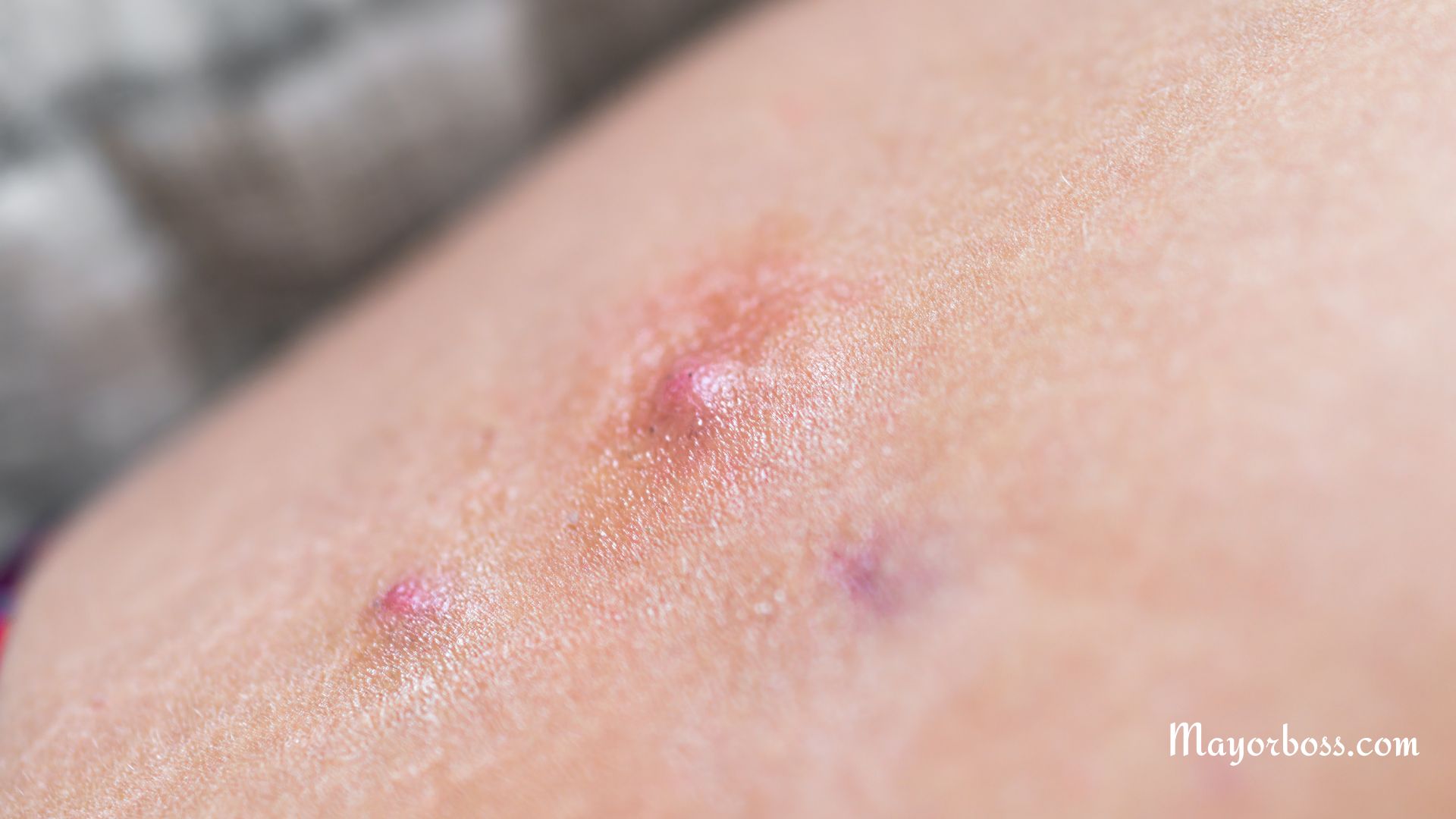Boil On Inner Thigh: What You Need to Know
A boil on the inner thigh can be uncomfortable and even painful. Often caused by bacterial infection, boils can also result from friction or blocked hair follicles. While some boils heal on their own, others may require medical intervention.

What is a Boil?
A boil is a pus-filled lump that forms under your skin. Usually red and painful, it can grow over time as it fills with more pus. When it occurs on the inner thigh, it’s often due to factors like bacterial infection, irritation from tight clothing, or even excessive sweating.
Causes of Boils on the Inner Thigh
Bacterial Infections
The most common reason for a boil to develop is a bacterial infection. Specifically, the bacteria Staphylococcus aureus is usually the cause.
Friction and Irritation
Tight clothing and frequent movement of the thighs can cause friction, thereby making you more susceptible to boils.
Blocked Hair Follicles
Sometimes, hair follicles on your inner thigh can become blocked, creating a perfect environment for a boil to form.
Other Factors
In people with compromised immune systems, boils can form more easily. Similarly, pre-existing conditions like diabetes can make you more prone to skin infections, including boils.
How Do You Know It’s a Boil?
It’s essential to differentiate a boil from other types of skin bumps. A boil usually starts as a small, red bump and grows over several days into a larger, pus-filled lump. You’ll often feel pain and may even notice redness spreading around the area.
Symptoms to Look For
- Painful, red bump
- Swelling
- Pus-filled center
- Possible fever
How to Treat a Boil on Your Inner Thigh
At-Home Remedies
You can try a warm compress to alleviate the pain and encourage the boil to drain. Clean the area regularly and keep it covered with a sterile bandage.
Over-the-Counter Treatments
Antibacterial ointment can also be applied to the boil to help fight off infection. Always read the label for proper usage instructions.
When to Seek Medical Help
If the boil doesn’t start to improve after a week, or if it’s accompanied by a fever, consult a healthcare professional. You might need antibiotics or even a minor surgical procedure to drain the boil.
Prevention
Maintain Good Hygiene
Regularly washing your inner thighs with mild soap and water can reduce the risk of bacterial infection.
Avoid Tight Clothing
Opt for loose, breathable fabrics to minimize friction and irritation on your inner thighs.
Stay Active and Healthy
Regular exercise can improve blood circulation, which in turn can help prevent boils and other skin conditions.
In summary, a boil on your inner thigh can be both uncomfortable and concerning. However, knowing its causes and treatment options can help you take the right steps to heal it effectively. Keep an eye out for symptoms, and don’t hesitate to seek medical advice if needed.
Further Reading: How to Deal With Boils
